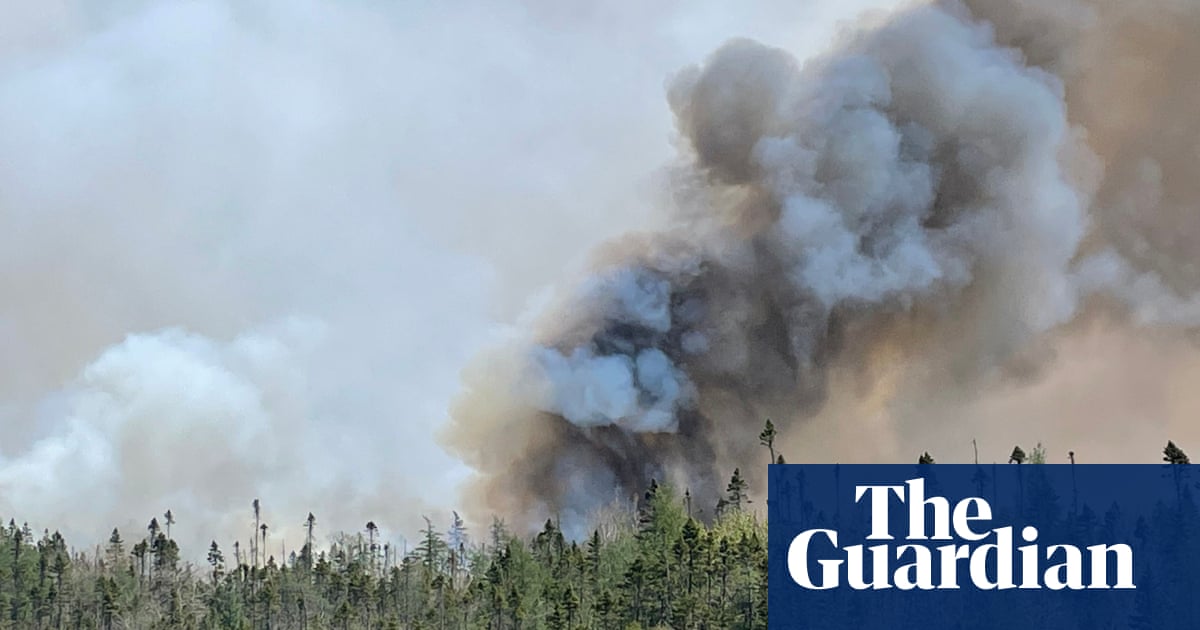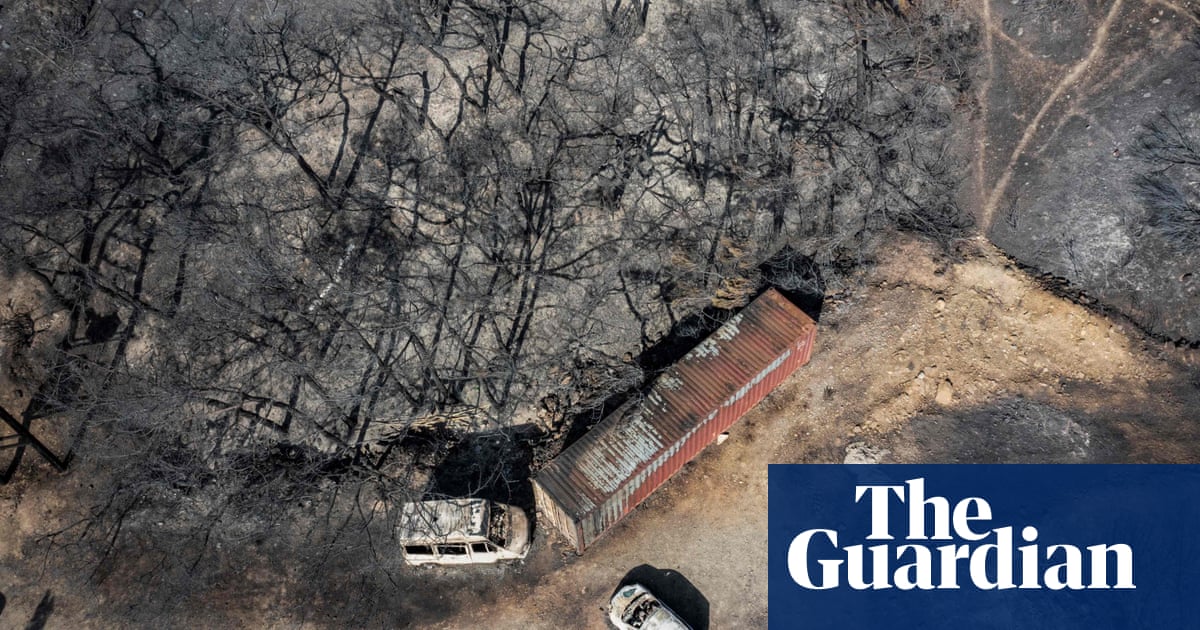
Western Canada is bracing for a “heat dome” weather system that will push temperatures to new records over the weekend, and is likely to worsen wildfires that have already displaced tens of thousands of residents.
Seventy-five active wildfires burned in Alberta on Thursday, with 23 listed as out of control. In some areas, oil and gas production, which typically resists weather-induced shutdowns, was briefly shuttered.
On Friday, the province’s firefighters and members of the Canadian military were working to prevent blazes from becoming “too big and powerful”, said Christie Tucker, a spokesperson for Alberta Wildfire.
A brief period of cool weather and rain helped tamp down some of the blazes, but officials will be watching carefully to see how winds interact with the hotter conditions.
“Certainly the conditions we’ve seen in the last few days have helped a significant amount and we’ve seen low fire activity, which means we’ve been able to make [some] progress on those,” Tucker told reporters. “But a wind gust will have a significant impact on a wildfire and that’s what can turn one of those smaller new starts into a larger fire very quickly.”
Florida-based meteorologist Jeffery Berardelli told the Guardian that recent projections show a higher pressure system developing over the Canadian Prairies that is “stronger than anything we have seen” since records started four decades ago.
“A ‘heat dome’ like this is a very rare occurrence in this part of the world this time of year,” he said in an email. “Historically and statistically speaking, it is rarer than a 1-in-1,000-year event.”
Berardelli said the climate of the region was now hotter than previous decades, meaning these rare events will become more likely in the coming years.
Despite the intensity of 2021 heatwave which killed more than 600 people in British Columbia and caused mass die-offs of marine life, the current weather system is unlikely to cause widespread fatalities, given the cooler night-time temperatures.
Still, in some parts of British Columbia, Alberta, Saskatchewan, Washington, Oregon and Idaho, temperatures will probably hit more than 15C over historical norms.
A recent study from the Climate Central found the upcoming ‘heat dome’ the “clear fingerprints of climate change” and has made the record-breaking temperatures five times more likely.
Spring temperatures in the region have been drier and hotter than normal in recent years, pushing the start of the fire season earlier and earlier. But with more than 410,000 hectares of forest burned since January – more than double the amount typically burned in an entire season.
Alberta has seen more than 6,500 applications for emergency financial assistance and paid out nearly C$2m; 16,470 remain displaced throughout the province.
Rural Indigenous communities are often on the frontlines of climate change and have been among the hardest-hit in the recent fires. In Sturgeon Lake Cree Nation, 45 buildings including the community’s elder centre, have been burned. Nine First Nations in Alberta remain under threat of wildfire, forcing more than 2,000 people from their homes.
“Fire isn’t going away. We’re going to be burning for this entire century. We’re going through a global regime change and a whole bunch of things are going to catch on fire, and catch on fire again, until something new grows there, something different grows there or nothing grows there,” said John Vaillant, author of the book Fire Weather.
“This is a global shift. It’s an epochal shift, and we happen to be alive for it.”












